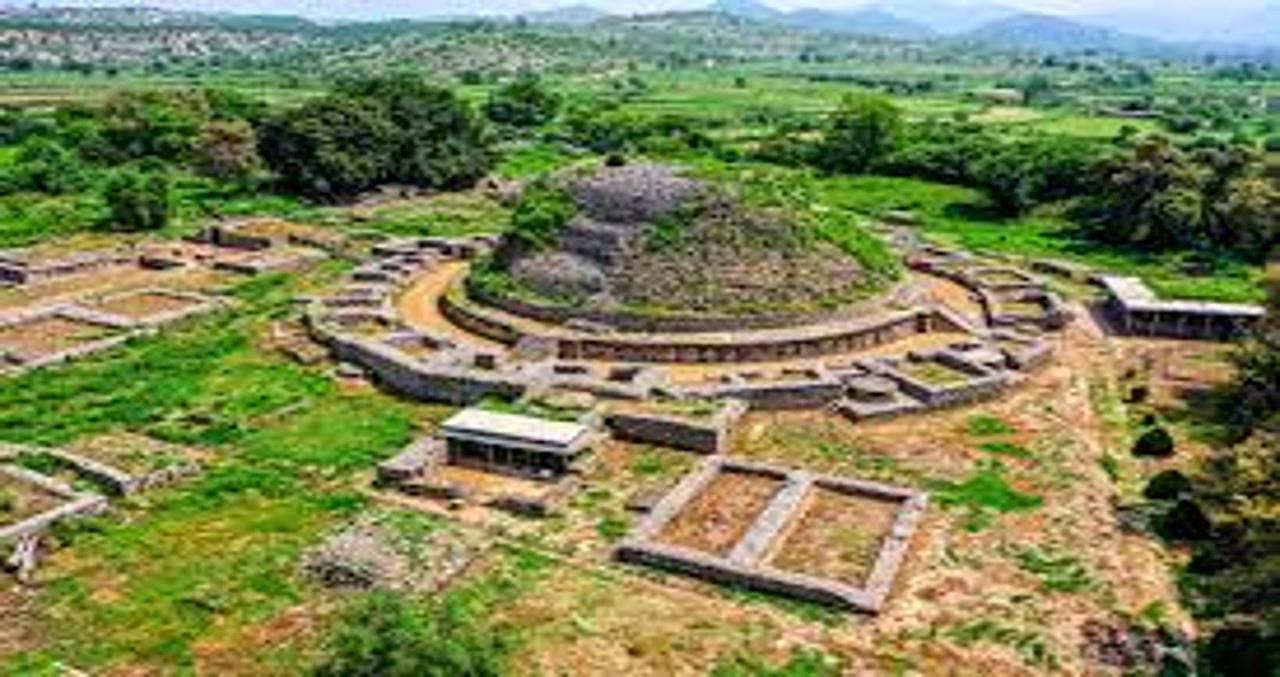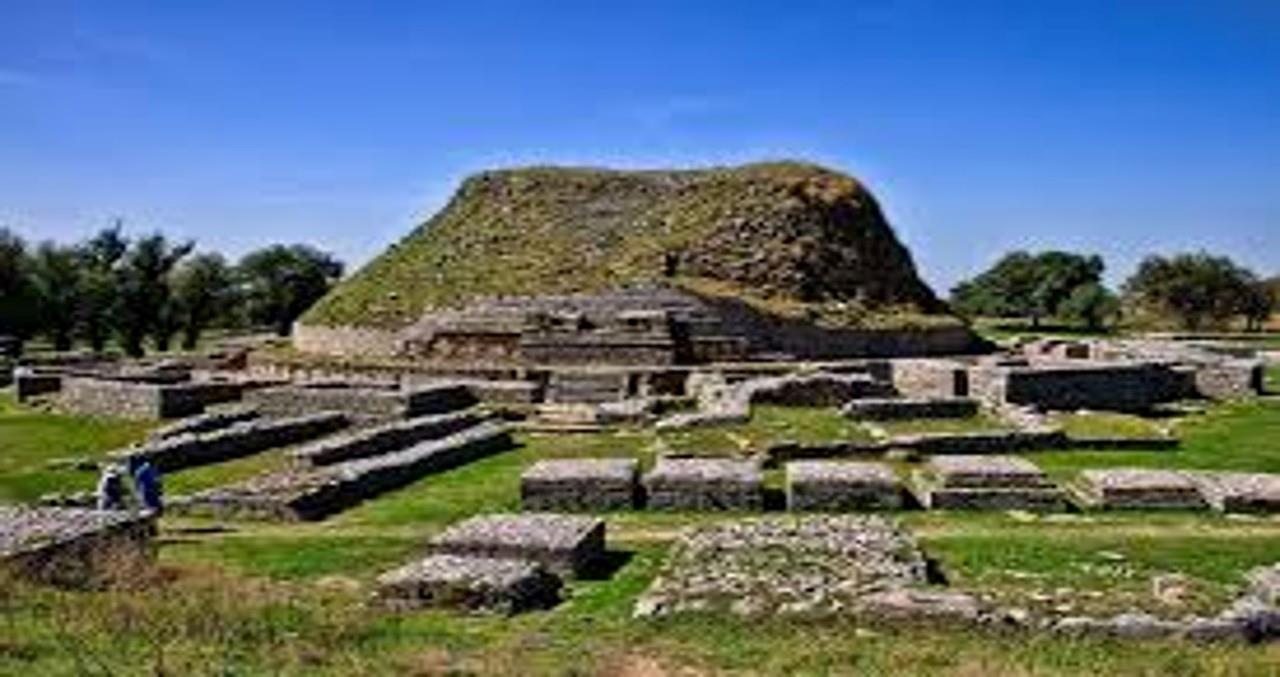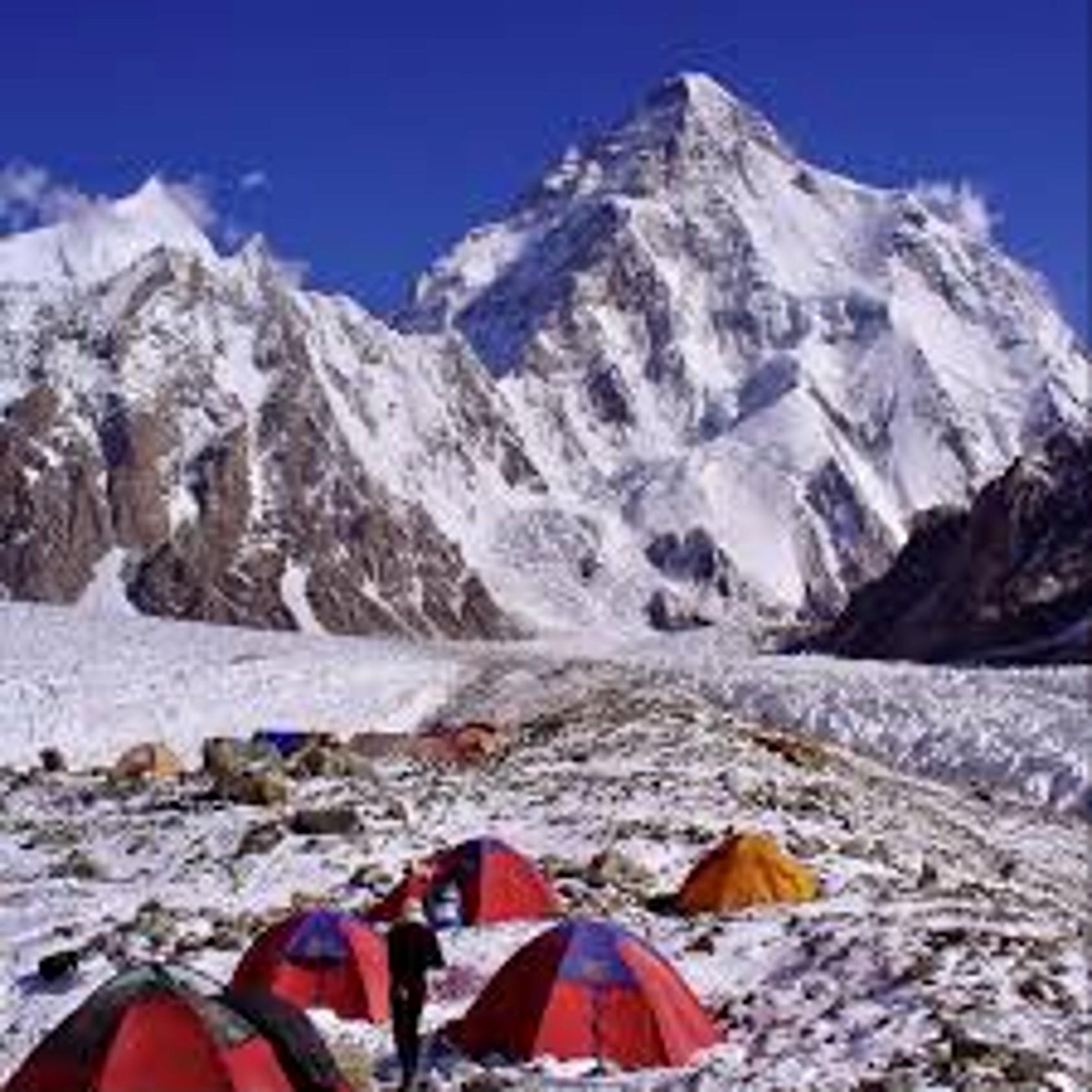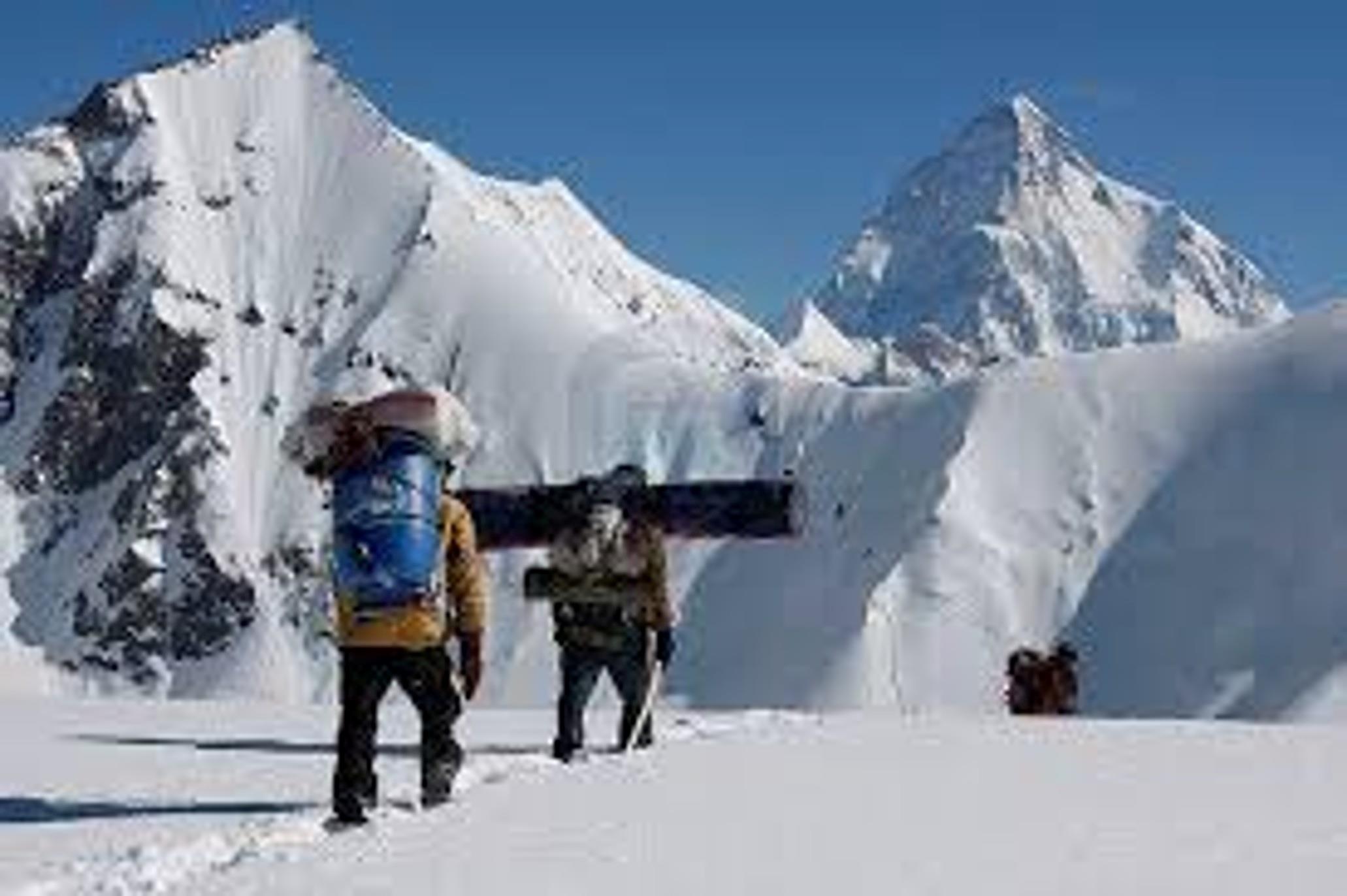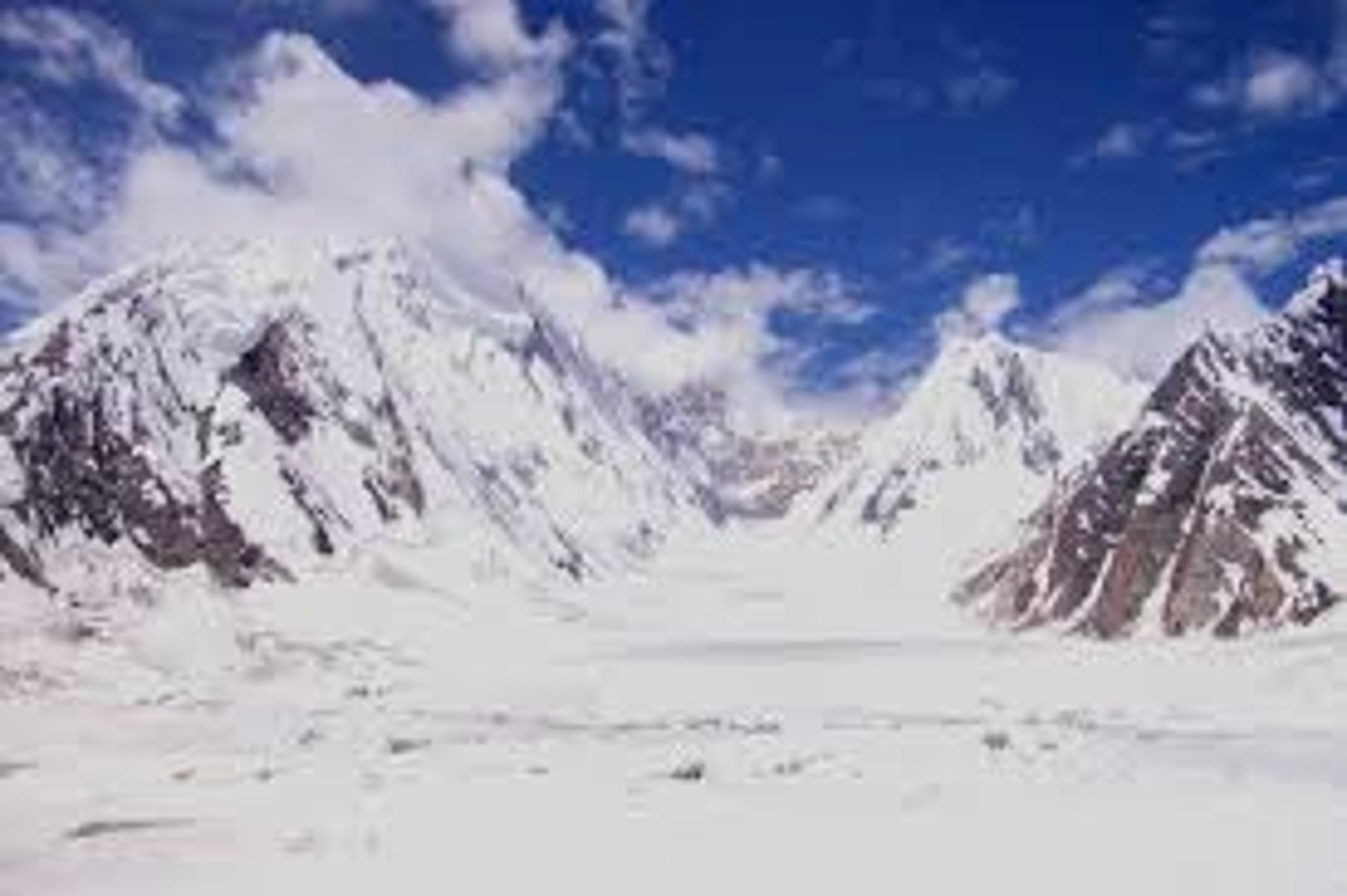The 3,000 years old Gandhara Civilization covers a vast territory, including Peshawar, Taxila, Swat, Malakand Agency, Bajur Agency, Mardan and the Hindush Kush and Karakorum mountain areas. These areas have remained the center of Buddhism for centuries
Itinerary to do in Islamabad
Highlights to see in Gandhara Civilization Tour
Details
Duration
14 days
Language
Guide in Spanish and English
Price
Group 1-20 pax (Privado 14 día/s 00:00 horas): 3,000.00 €
Availability and starting time
06:00 - Monday, Tuesday, Wednesday, Thursday, Friday, Saturday and Sunday
When to book?
You can reserve up to before the activity
Free cancellation
Cancel anytime for a full refund.
Included
Government licensed professional guide/leader (pre-requisite for the Tour)
Airport transfers on first and last day from/to Islamabad International Airport, Islamabad
All domestic flights and transfers (according to itinerary)
All road transport in Pakistan (according to itinerary above)
All accommodation in Pakistan (hotels and camps) according to itinerary
All meals in Pakistan (breakfast, lunch and dinner) at hotels
All tour requirements on ground (including, support staff, (excluding personal) etc
1 Participación en Premios Mensuales:
Ver Premios
Excluded
Travel insurance
Visa to Pakistan (Letter of Invitation and other supporting documents will be offered by us for visa application)
International flights (return tickets)
Tips for guides, porters, staff etc
Early Wind-up
Miscellaneous (drinks, telephone calls, laundry etc at hotels)
Souvenirs
Meeting point
Conditions
Is the interior of the monuments visited?
Exterior and interior of most named sites
Is the tour adapted for people with reduced mobility?
Almost fully adapted
Guaranteed departures without min of travelers
Yes
Are animals allowed?
Not
Activity recommended for children?
Not
Our promises
Best price guaranteed
Quick and easy reservation
Multilingual Customer Service
Secure payment
Contact us
Do you have any question?
Would you like this tour in private?
Reservation
Cancel or modify reservation


